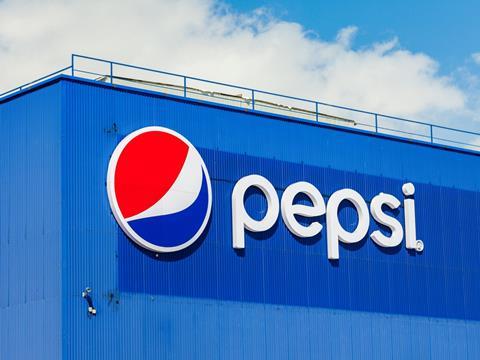
In recent weeks, Unilever, PepsiCo and Colgate-Palmolive have all announced that they will fail to meet longstanding packaging sustainability goals. What is behind this trend? Tim Sykes, Packaging Europe’s brand director, tells us more.
This content was originally sent to Packaging Europe members in The Bulletin – a weekly newsletter with articles like this, as well as lots more original content. To receive a brand-new edition of The Bulletin every week, plus an exclusive range of reports, briefings and events, click here to learn more about becoming a member.
It’s been an unfortunate year for corporate sustainability targets. As we find ourselves at the halfway point of 2024, companies are standing in the looming shadow of their ambitious goals for 2025 – and some are having to admit defeat.
Unilever kicked off the trend back in April. Despite its pledge to halve plastic consumption by 2025, it has taken a step back and amended its target to one-third by 2026. CEO Hein Schumacher cited his “need to drive performance in the company” and attributed the moving goalpost to shortcomings in existing recycling systems – but critics of the move warned that 100,000 tons of fresh plastic could now be produced annually as a result.
Colgate-Palmolive was soon to follow. It reportedly achieved 89.5% technically recyclable, reusable, or compostable packaging by the end of 2023, but believes that “industry-wide challenges” associated with flexible packaging will knock it off target to make a full transition by 2025. Much like Schumacher, Colgate-Palmolive chairman, president and CEO Noel Wallace felt that his company “need[s] to work with others towards systemic changes that no company can achieve alone”.
Now PepsiCo concedes that it is not likely to design 100% of its packaging for recyclability, compostability, biodegradability, and reusability by 2025. It is more vague about the “unique set of challenges” holding it back, but expects to fall short by only 2% within the time frame – and its 2023 ESG Summary Overview pledges its “ambition to innovate, invest and partner to progress further.”
For some, these revisions are sensible and realistic. It indicates corporate awareness and transparency, they say, and is at least preferential to false claims or ‘greenwashing’. Others believe the backtracking is financially motivated, accusing the company of hiding behind a pragmatic façade, and call upon consumers to boycott large corporations wherever possible.
Whatever the truth is, the targets are still depleting. We can only hope our biggest industrial players make good on their promises to keep fighting for our environment, even if it does take them longer than originally planned.
If you liked this story, you might also enjoy:
How are the top brands progressing on packaging sustainability?
Sustainable Innovation Report 2024: Current trends and future priorities
Reuse vs. single use – which is better for the environment?
The ultimate guide to global plastic sustainability regulation












No comments yet